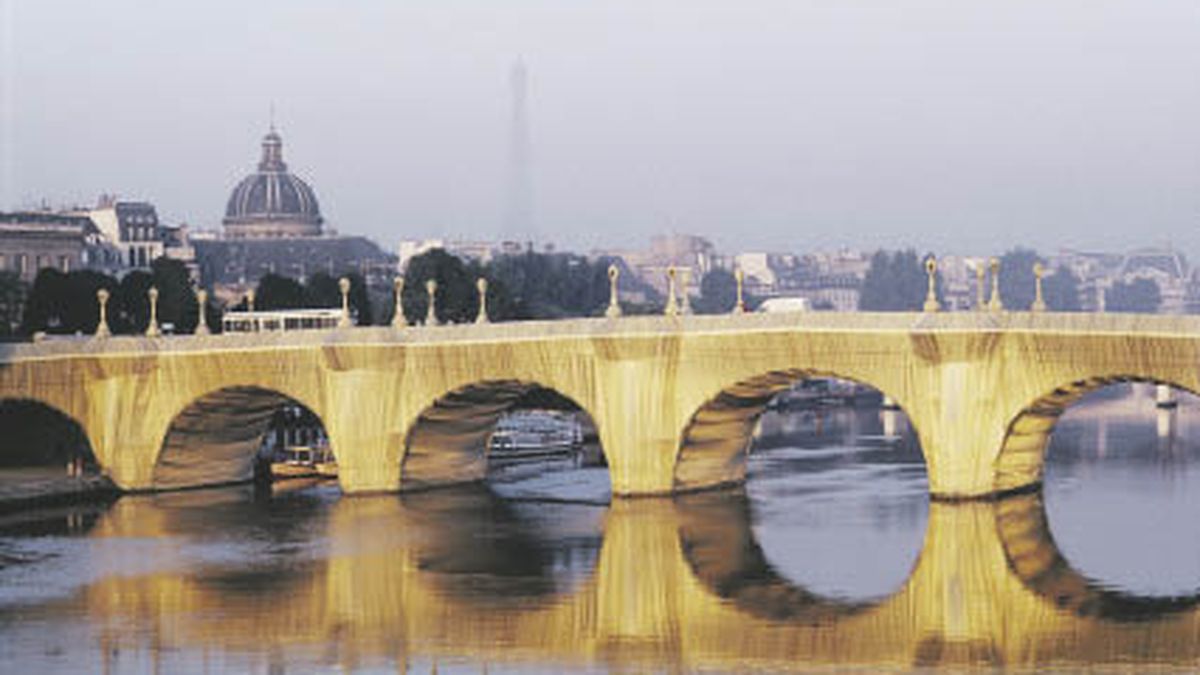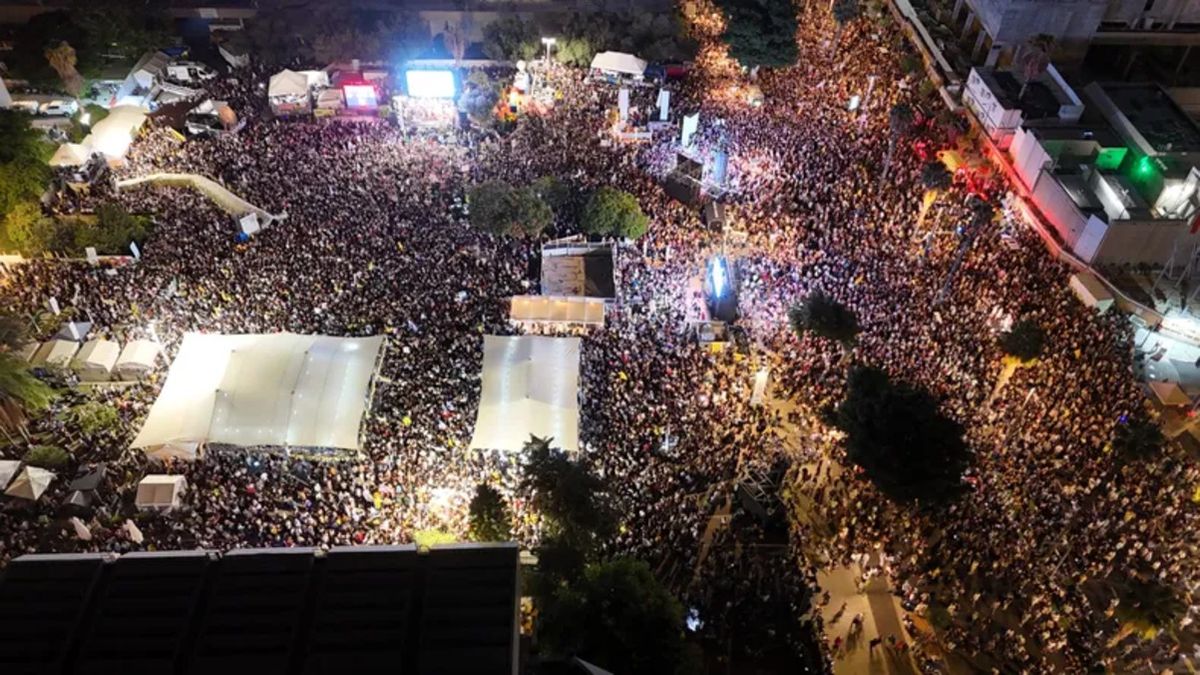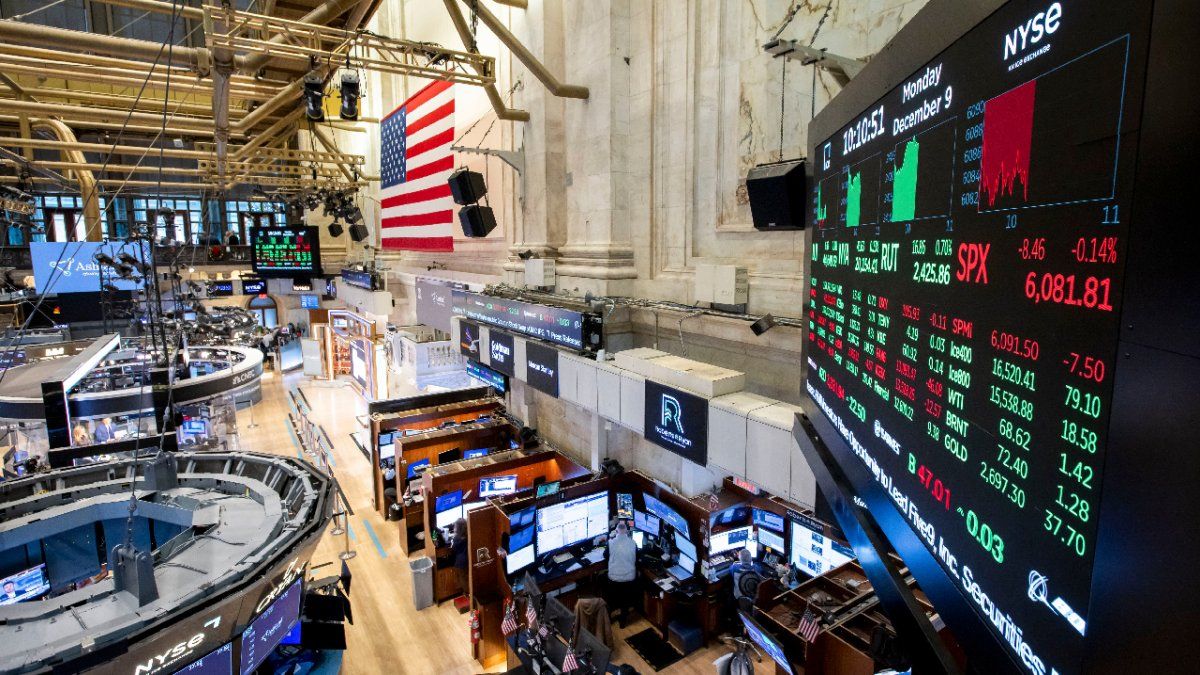It is advisable to watch the videos of the works they carried out jointly –around 23 projects out of the 47 they planned in 50 years– for the technical display, the artists’ comments, such as their commitment to society. In some report Christo pointed out that “art is enjoyment; not what I do in my studio, but the contact with people outside of art, Japanese rice farmers, parliamentarians, engineers, all kinds of bureaucrats, art is existence. Some contemporary art is often an illustration of politics. We deal with real life, real wind, real water, real kilometer and real politics”, and he recalled what German artist Gerhard Richter said about art: “it is the highest form of hope”.
Hence, they worked in public spaces, they wanted the public to know that each interpretation was legitimate. All their projects were self-financed, they sold their drawings and with the money collected they made them, they did not have subsidies or sponsors because their work is about freedom.
This surprising sample allows you to see the processes of its creation through the drawings, the technical complexity, the models, gigantographs of what has been done and photos of undertakings that amazed crowds that were able to move on the different occasions that the realization of these works was announced. monumental.
Upon entering the first room of Proa you will find his works from the mid-1950s when the artist arrived in Paris; magazines wrapped in transparent vinyl, now yellowed by the passage of time, the windows of some businesses, various objects and the famous barrels, an object devoid of all artistic aesthetics and with which they carried out the famous blockade of Rue Visconti in 1962 and that they used on more than one occasion, painting them in colors.
The tour continues with the monumental simultaneous projects of a very fruitful period, the late 1970s and early 1980s: Pont Neuf (Paris), Surrounded Islands (Biscayne Bay (Florida), eleven islands with pink propylene fabric that could seen from different places; Valley Curtain in Colorado, a kind of curtain between two orange mountains; the disturbing Wrapped Reichstag (Berlin), a work that alludes to freedom since Javacheff had escaped from communist Bulgaria in the 1950s. One of the wonders on display is the famous yellow fabric floating dock whose color changed with the hours on Lake Iseo in Sulza, Italy, where more than 10,000 people “walked on the water”, an unforgettable physical experience.
The sketches give an approximate idea of the scale on which they worked, the meters of fabric used, the technical difficulties they faced, as in the case of The Gates” in New York’s Central Park, a 37 km journey. of the park with orange canvases, a project that took 26 years to complete and was seen by around 4 million people during the 16 days that the installation lasted in 2005.
Meanwhile they planned to install “mastabas” in different parts of the world, monumental sculptures made with oil barrels. A mastaba is a kind of bench, two vertical walls, two inclined and a flat top, a word used by the Egyptians to describe tombs, a term still used in the Middle East. One of the unrealized projects is the Mastaba for Abu Dhabi and it will probably be carried out in the near future. There are also “The Umbrellas”, blue umbrellas for Japan and yellow for California, among others that arouse amazement.
Closing on July 17. (Pedro de Mendoza 1929. From Thursday to Sunday from 12 to 19).
Source: Ambito
David William is a talented author who has made a name for himself in the world of writing. He is a professional author who writes on a wide range of topics, from general interest to opinion news. David is currently working as a writer at 24 hours worlds where he brings his unique perspective and in-depth research to his articles, making them both informative and engaging.




